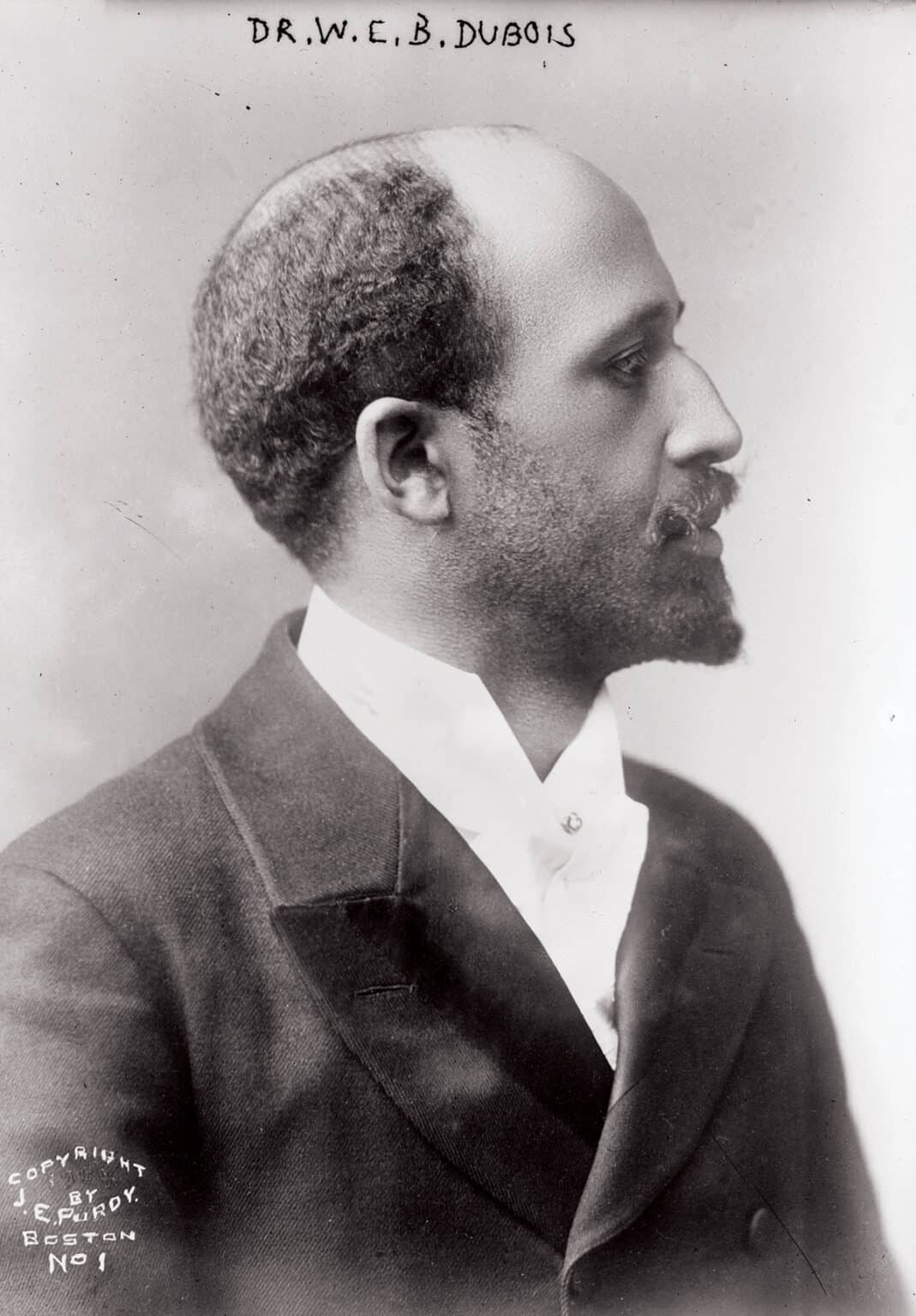RESOURCES
PEOPLE
W.E.B. Du Bois
1868-1963
In 1897, long before Prince Edward County became a national flashpoint in the fight for school desegregation, W.E.B. Du Bois visited Farmville, Virginia. Then a young scholar, Du Bois was conducting a pioneering sociological study of African American communities across the South as part of his work for the University of Pennsylvania and Atlanta University. His study of Farmville became part of a series of reports later known as the Atlanta University Studies – some of the earliest scientific examinations of African American life in post-Reconstruction America.
In Farmville, Du Bois conducted fieldwork that included surveys, interviews, and community observations. His findings were published in The Negroes of Farmville, Virginia: A Social Study (1898), issued as Occasional Paper No. 2 of the Atlanta University Publications. In this brief but groundbreaking study, Du Bois documented the demographics, occupations, family structures, land ownership, education levels, and religious life of the Black residents of Farmville and surrounding Prince Edward County.
Du Bois found a community with deep roots and a strong sense of self-reliance. Nearly 70% of African Americans in the area were engaged in agriculture, with a growing number owning land – an indicator of stability and upward mobility. He noted the presence of African American teachers, ministers, and business owners, describing a population working diligently to build institutions despite the constraints of racial discrimination and economic hardship.
Most striking was his assessment of the community’s spirit. DuBois wrote that “a quiet but determined independence marks the better class of colored people here,” emphasizing their commitment to education, religious life, and economic advancement. He highlighted the role of Black churches and schools as pillars of strength and cohesion
These early findings revealed the foundations of a community that, half a century later, would lead one of the most important local struggles in the national civil rights movement. The very independence and enterprise Du Bois observed in 1897 helped shape the resistance that emerged in the 1950s and 60s, when Prince Edward County students, parents, and leaders confronted segregation head-on.
